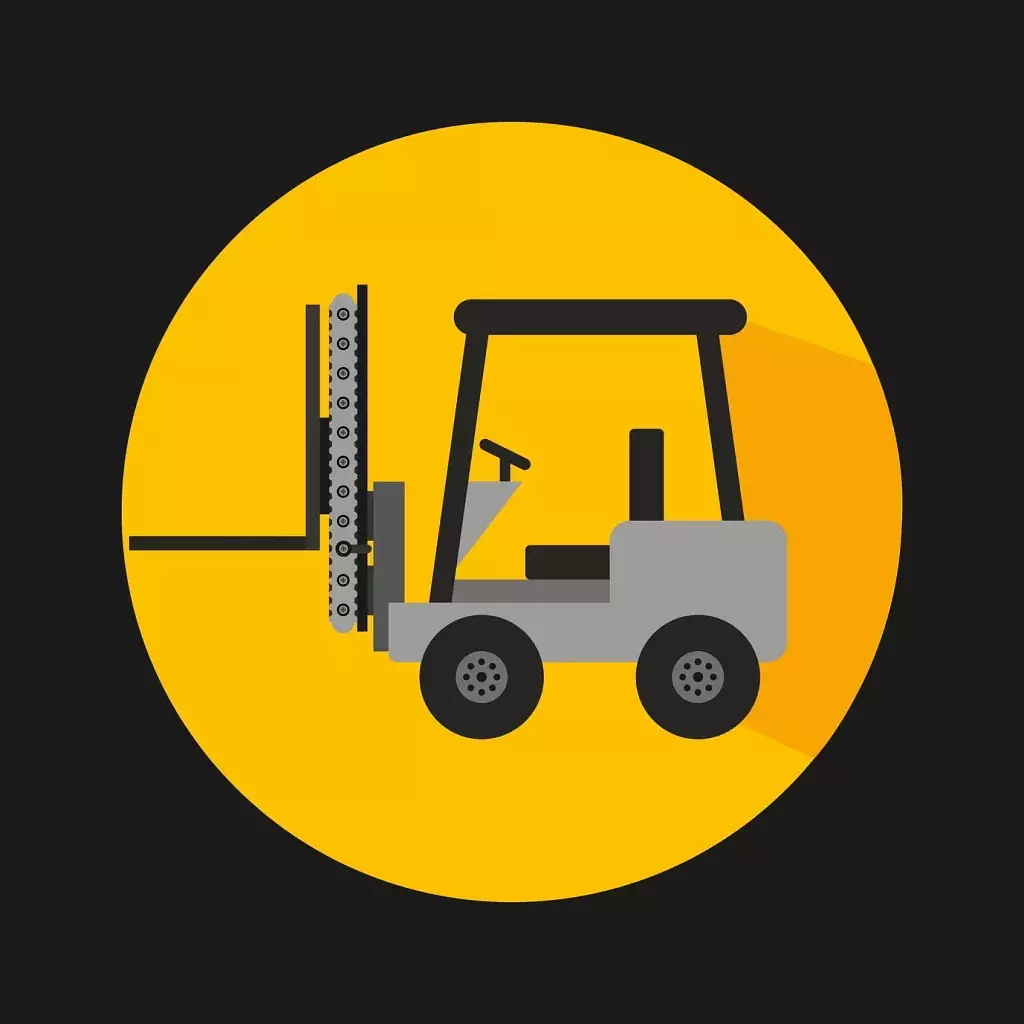 Whether your warehouse or business moves heavy materials or fragile items, all warehouses know that they can never succeed without their beloved forklifts. These material handling machines are simply indispensable, and it’s always a smart practice to keep a set of efficient forklifts in your fleet. However, like all machines, forklifts have their lifespans, too. When one of your forklifts enters retirement, you’ll need to get a replacement to maintain your business productivity.
Whether your warehouse or business moves heavy materials or fragile items, all warehouses know that they can never succeed without their beloved forklifts. These material handling machines are simply indispensable, and it’s always a smart practice to keep a set of efficient forklifts in your fleet. However, like all machines, forklifts have their lifespans, too. When one of your forklifts enters retirement, you’ll need to get a replacement to maintain your business productivity.
Used Forklift: A Smart Way to Get a Strong Workhorse
When it comes to purchasing a forklift for your warehouse, buying a used forklift will save you anywhere from 30% to 50%, says The Forklift Center. As The Forklift Center adds, it’s important to review the work history of a prospective used forklift to ensure that it can tackle your material handling tasks without incurring heavy maintenance or repair costs. Much like you would when purchasing a car. Besides the cost considerations, here are a few other things to know when buying a used forklift:
Understand Your Goal and Purpose
There’s a large used forklift market out there. As someone who is shopping for a used forklift, you are bound to be exposed to a variety of makes and models. To keep yourself from getting distracted or swayed by a sales pitch, make sure you have a clear purchase objective in mind. Are you looking for a similar model with similar functions? Or are you expanding your forklift collection to increase workplace productivity? Do some research ahead of time and set a budget that will cover both your purchase and potential maintenance costs.
Be Wary of Older Models
While older models are generally less expensive, they are also more susceptible to other mechanical problems. Retracing the repair history of older models may also be more challenging especially when it has gone through several ownerships. When considering a used forklift in an older model, we recommend buyers to acquire the forklift from “a reputable dealer or distributor that can provide a comprehensive history of the use of the machine and any problems that it may have occurred over the course of its life.”
Review the Repair History
Nothing tells you more about your used forklift than a repair history written in black and white. Read your repair history and pay attention to repairs done on major engines and mechanic functions. Ask also for a tour of the forklift so you can personally inspect the fork, mast, lift chains, tires, engine, and other operational components of the forklift. If you are satisfied with the report, you should do a test drive and experience the ergonomic aspect of your potential workhorse.
Try to Get a Warranty
Never walk away from a sales transaction without a contract or receipt. As a general practice, we strongly recommend all buyers to acquire a warranty to protect their investment. Although warranties may cost additional money, they are a must-have. In fact, many warranties will insure parts of your forklift for the remainder of its lifetime. As a result, having a warranty will definitely help you to cut back your future costs — especially when some of the malfunctions or repairs will be handled by the warranty, without you paying a single penny.
